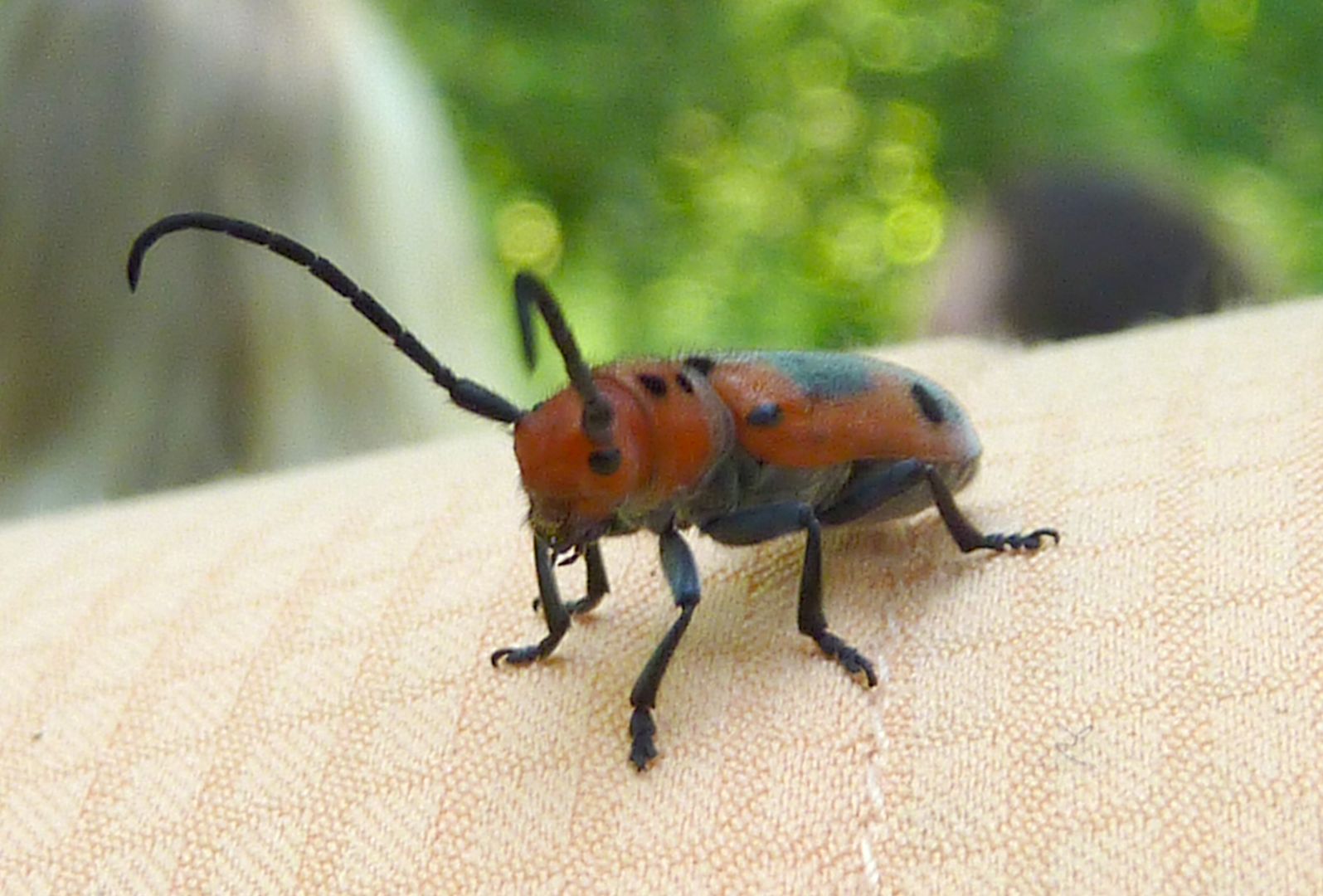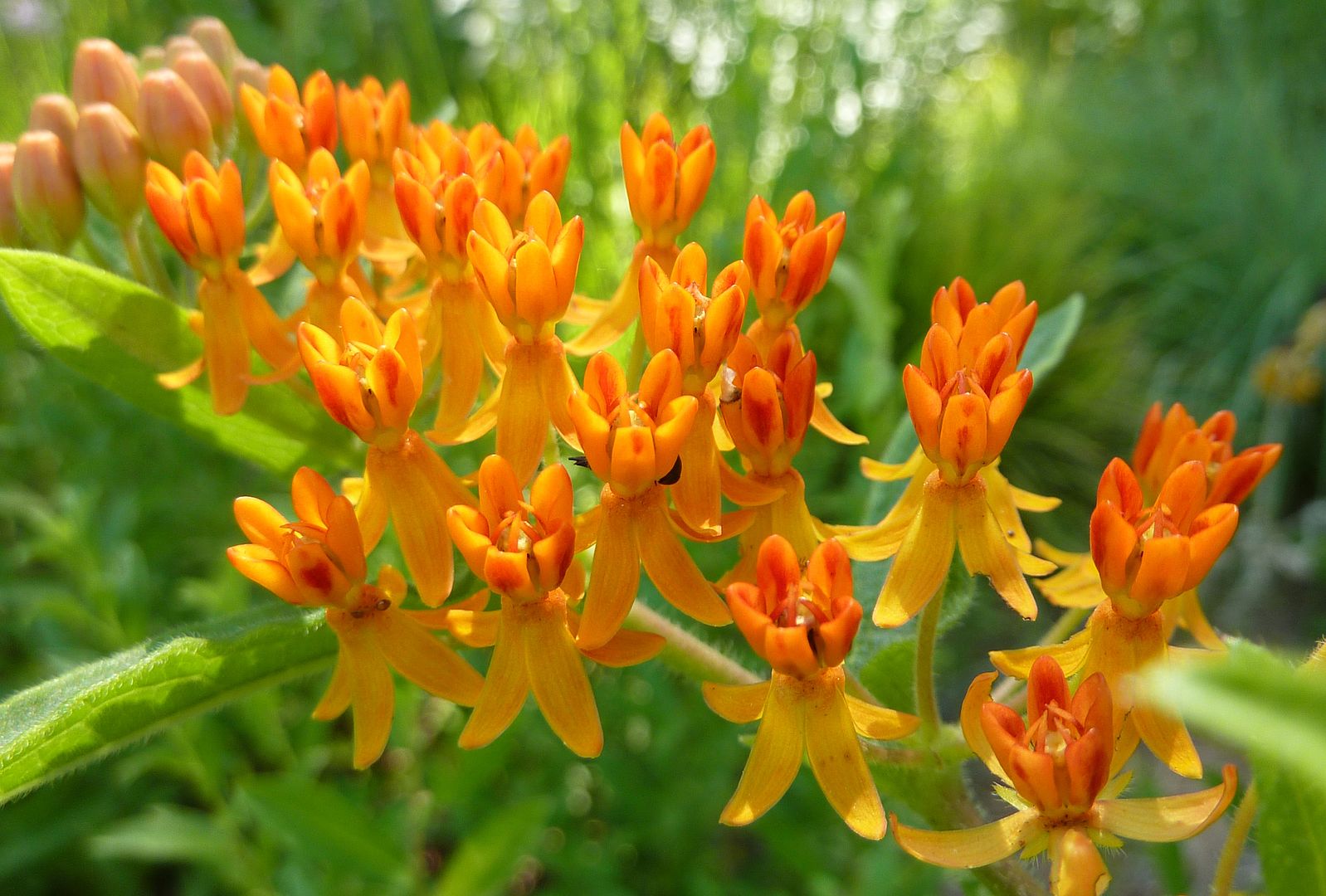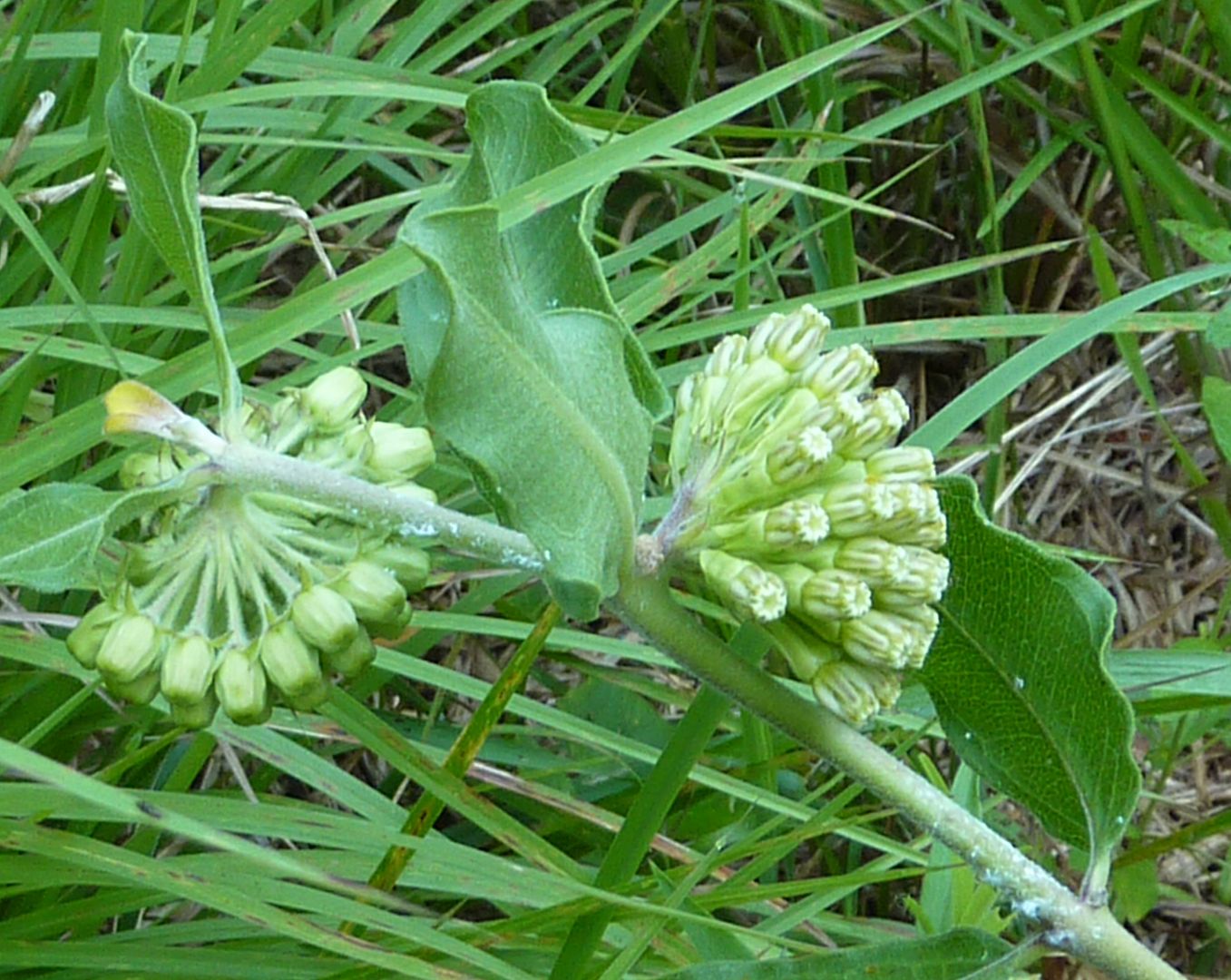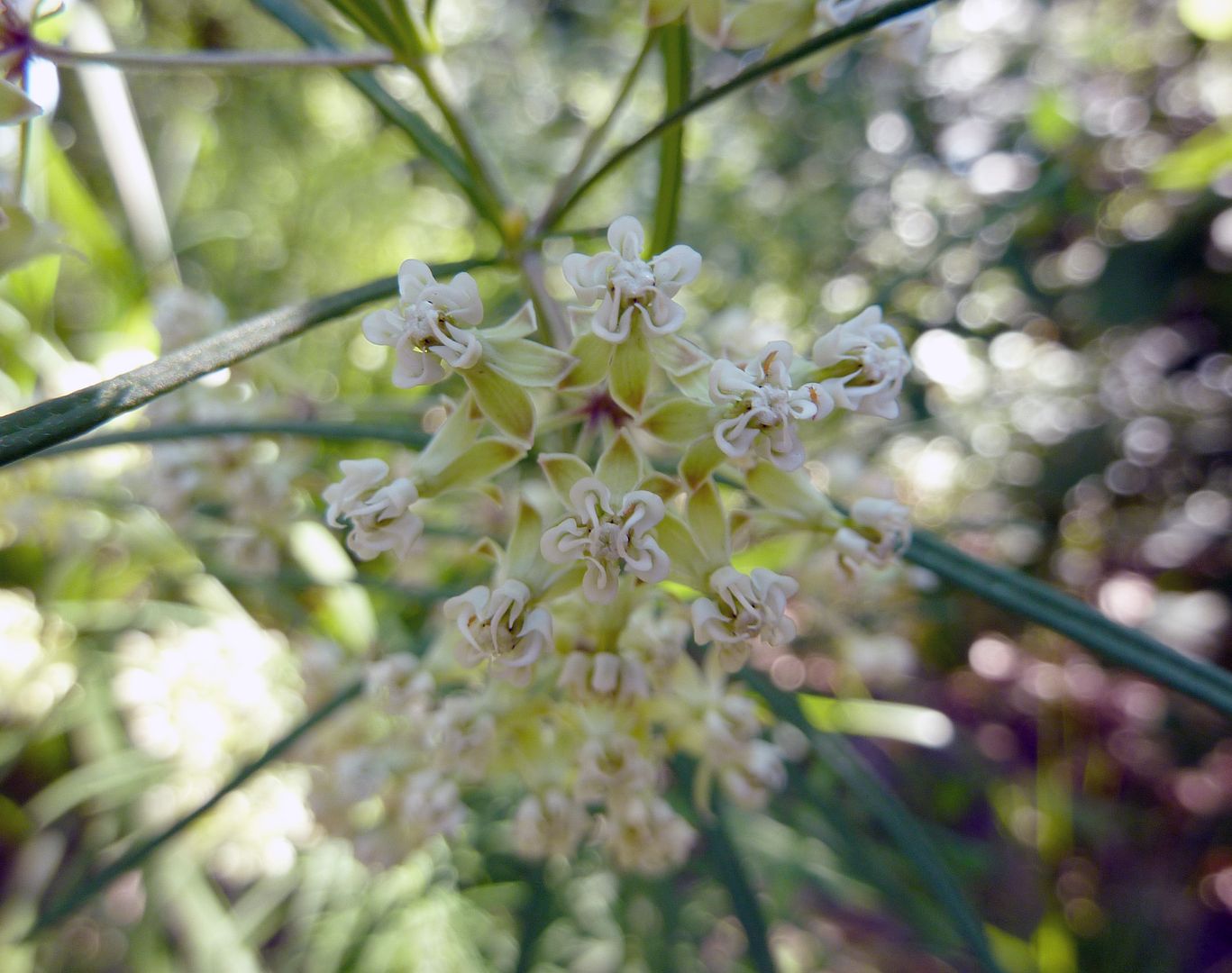Once again I took a class up at the Mt. Cuba Center. To their credit, this is a wonderful place and really is one of those hidden treasures few people take advantage of. This week's class was on the wonders of milkweed. It was a good course as expected, however they lack enough milkweed species on display in the gardens to really make the course worth it. The specimens they did have mostly were either not blooming or not interesting enough to stand out in any meaningful way. Many of them are not even sold in the nursery trade despite their beauty. There was emphasis on companion planting but even this fell short, and mostly repeated information from last week's meadow studies course.
I feel like the lecture could have been improved with more pictures of milkweeds being used in people's gardens. This way they could show off more companion plants not on display.
There was mention of some fauna associations such as the Red Milkweed Beetle, Tetraopes tetrophthalmus, pictured above. And it was neat finding one out in their gardens doing it's thing. But at no point did anyone really talk about the neat thing about this beetle, and my photo doesn't portray it accurately either. It's other common name is Four Eyed Beetle because it has eyes both above and below the antenna socket. This is one of those neat facts gardeners might enjoy.
Asclepias tuberosa, Butterfly Weed, was the natural highlight of the meadow garden. It's completely over used and among the more common species you can buy in the nursery trade. Seeing it in their meadow was a little boring (as I'd seen it the week before) but they did have it in a variety of it's color forms: solid orange, some with red stripes on the inside, some red on the outside, red both in and out, yellow petals, overall pale orange, solid red flowers, and lots of combinations there above. So this species was well represented.
Asclepias virvidiflora, Green Milkweed, did not stand out at all. We almost walked past the entire patch. Granted we were in the meadow garden and it's setup to be a meadow but I feel like this and other species should be represented in a more formal looking garden somewhere, just to show off how the green color can be brought out somehow and used.
Asclepias verticillata, Whorled Milkweed, was interesting to see in person. I swear I read somewhere that this particular species, with it's grass-like leaves, has nectar that's poisonous for humans to consume. I might be mixing this up with a species out west though. I remember white flowers and grass-like leaves. I could be wrong of course and I can't seem to find a reference for it being poisonous anywhere. But anyhow, this is a rather short species that generally hates being watered or being anywhere near it, especially over the winter. You find this growing in places that have completely nutrient-less, infertile soil where nothing else seems to grow. The instructor said they used to have a patch of about 20 plants there but they all died from to much snow staying on the patch over the winter.
Overall the course was well put together but would have benefited from more gardens where milkweed was being used, maybe with better companions. Growing it all out in the meadow and forest edge where assorted plants are almost growing randomly makes for a harder sell on getting people to grow this. The green milkweed in particular was dying for a companion to bring out the color, as it's otherwise lost against the grass. I was amazed to learn that A. incarnata, Swamp Milkweed is actually fragrant. But not in the sense that it's producing to attract insects, but more from the sun heating up the flower. It smells like dessert with hints of wax and nectar mixed in. Very pleasant indeed and something I never knew before.



